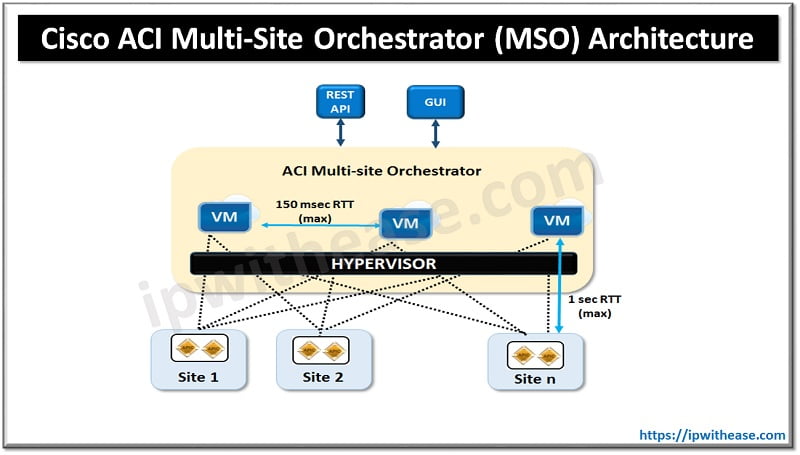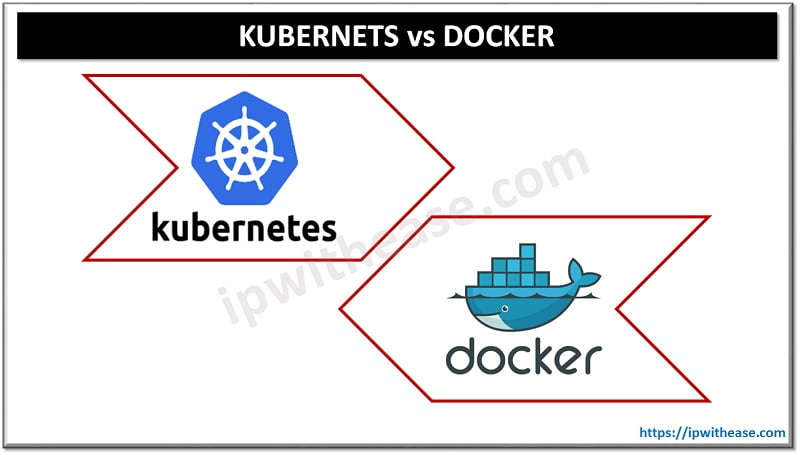Google ADs
Table of Contents
Cisco Meraki and Juniper Mist are two leading cloud-managed networking solutions, both offering advanced network management through AI-driven platforms. They cater to different needs and preferences when it comes to network management, automation, and analytics.
In this blog, we will discuss the comparison between the two, i.e. Cisco Meraki vs Juniper Mist across key areas.
Comparison of Key Aspects: Cisco Meraki vs Juniper Mist
1. Cloud Management
- Cisco Meraki:
- Centralized cloud management through the Meraki Dashboard, offering an intuitive interface for managing devices like access points, switches, firewalls, and security appliances.
- Full stack management across networking, security, and IoT devices, with a focus on simplicity and ease of use.
- Great for users who want easy deployment and management without needing deep technical knowledge.
- Juniper Mist:
- Managed through the Mist AI Cloud, which leverages AI-driven insights for automation and troubleshooting.
- Focuses primarily on wireless solutions but also integrates with Juniper EX and QFX switches, SRX firewalls, and SD-WAN solutions.
- Offers more advanced automation features using AI (Marvis) to troubleshoot issues, predict network performance, and optimize configurations.
2. AI and Automation
- Cisco Meraki:
- Automation is less AI-driven compared to Mist but does have features like automatic updates, easy provisioning, and basic troubleshooting tools.
- Network health and performance monitoring are based on predefined metrics with fewer predictive capabilities.
- Juniper Mist:
- Leading in AI-driven network management with Marvis Virtual Network Assistant, which helps with proactive network management, automatic anomaly detection, root cause analysis, and dynamic packet capture.
- AI insights aim to enhance user experience by detecting issues like coverage gaps, application performance degradation, or device misconfigurations.
3. Wireless Access and Experience
- Cisco Meraki:
- Meraki access points are easy to deploy and manage, providing reliable Wi-Fi performance with various features like guest access, security settings, and traffic shaping.
- Offers a wide variety of APs to support different use cases, such as indoor, outdoor, and high-density environments.
- Juniper Mist:
- Mist’s Wi-Fi solution stands out for its AI-driven Radio Resource Management (RRM), optimizing wireless performance dynamically.
- It provides User Service Level Expectations (SLEs), which monitor user experience in real-time and offer detailed insights into connectivity issues.
- Mist offers vBLE (virtual Bluetooth LE) for advanced location services without requiring dedicated hardware.
4. Security
- Cisco Meraki:
- Strong emphasis on security, with built-in firewall and VPN capabilities in devices like the Meraki MX series.
- Offers additional layers of security with Meraki Advanced Security License, providing intrusion detection and prevention (IDS/IPS), anti-malware, content filtering, and more.
- Juniper Mist:
- Juniper focuses on integrating its SRX firewalls and Contrail SD-WAN solutions for security, but the Mist platform is more focused on network performance than security.
- Security features are typically managed through integration with other Juniper products rather than Mist itself.
5. Scalability
- Cisco Meraki:
- Designed for a wide range of deployments, from small businesses to large enterprises, with a simple, scalable management approach.
- Supports full-stack management of wireless, switching, security, SD-WAN, and IoT devices.
- Juniper Mist:
- Excellent scalability, especially in larger, more complex environments that require granular control, automation, and AI-driven optimizations.
- The Mist AI platform excels in larger deployments where automated issue resolution, proactive insights, and granular user experience management are crucial.
6. Analytics and Insights
- Cisco Meraki:
- Provides analytics and insights into network performance, device status, and traffic patterns, but less AI-driven.
- Integrated reports and logs offer sufficient information for many organizations, but customization and deep insights are more limited than Mist.
- Juniper Mist:
- Leverages AI-driven analytics to provide granular insights into user experience, application performance, and network health.
- Mist’s platform offers more advanced and actionable insights, which can be crucial for optimizing performance in real time.
7. Ease of Use
- Cisco Meraki:
- Known for its simplicity, the Meraki Dashboard is highly intuitive, making it easy to deploy and manage networks even with limited technical knowledge.
- Configuration and monitoring are straightforward, with minimal complexity, making it ideal for SMBs and enterprises that value ease of use.
- Juniper Mist:
- While slightly more complex than Meraki, Mist provides a rich feature set and AI automation that simplifies ongoing network management and troubleshooting.
- The dashboard may require more expertise, especially in larger, more sophisticated deployments.
8. Licensing and Cost
- Cisco Meraki:
- Requires licenses for each device (AP, switch, etc.), and costs can add up depending on the features (basic vs. advanced licenses).
- Subscription-based pricing can become expensive for large enterprises, especially with advanced security features.
- Juniper Mist:
- Typically has a per-AP license model, but it also offers various subscription tiers for access to AI-driven analytics and automation.
- Generally positioned for enterprises looking for long-term value from AI-driven insights and optimizations.
9. Ecosystem Integration
- Cisco Meraki:
- Integrates well with other Cisco products, like Cisco Umbrella, and offers robust APIs for third-party integrations.
- Cisco’s full-stack approach makes it easier to manage a wide range of network components from one platform.
- Juniper Mist:
- Integrates with Juniper’s broader portfolio, including EX and QFX switches, SRX firewalls, and Contrail SD-WAN.
- Mist also supports extensive API-based integrations for third-party services and applications.
Comparison Table: Cisco Meraki vs Juniper Mist
Below table summarizes the comparative points between the two cloud-managed networking solutions:
Google ADs
| Feature | Cisco Meraki | Juniper Mist |
| Cloud Management | Centralized via Meraki Dashboard, simple and intuitive | Managed through Mist AI Cloud, AI-driven automation and insights |
| AI and Automation | Limited AI, basic automation, auto-updates | Advanced AI-driven features with Marvis for predictive performance, anomaly detection, and self-healing |
| Wireless Performance | Reliable APs with broad indoor/outdoor offerings | AI-driven Radio Resource Management (RRM), SLEs (Service Level Expectations), and vBLE for location services |
| Security | Built-in security in MX devices, Advanced Security License adds IPS/IDS, content filtering, etc. | Integrated with Juniper SRX firewalls, security features managed via other Juniper solutions |
| Ease of Use | Highly intuitive interface, minimal technical expertise required | More complex, but powerful AI insights simplify management in larger environments |
| Scalability | Scales well for small to large deployments, full stack (Wi-Fi, switches, security) | Designed for large enterprises, excels in complex environments with AI-driven optimization |
| Analytics and Insights | Basic network performance monitoring, traffic analytics, and health insights | AI-driven insights into user experience, proactive troubleshooting, and root cause analysis |
| Automation | Basic automation, including easy device provisioning and firmware updates | Marvis Virtual Assistant for AI-based troubleshooting, predictive performance adjustments |
| Licensing and Costs | Subscription-based licensing for each device, can escalate in cost | Subscription-based with tiered access to AI features, long-term AI value for enterprises |
| Full-Stack Integration | Supports a full stack including APs, switches, security appliances, and IoT | Primarily focuses on Wi-Fi, integrates with Juniper EX/QFX switches and SRX firewalls |
| Location Services | Basic location analytics and tracking | Advanced virtual Bluetooth Low Energy (vBLE), offering detailed location services without extra hardware |
| Target Audience | Ideal for SMBs, retail, education, organizations that prioritize ease of use | Best for large enterprises requiring AI-driven network optimization and automation |
| Third-Party Integration | Strong API support, integrates well with Cisco products like Umbrella | Extensive API integrations, especially with Juniper Networks products |
| Device Offering | Wide range: Access points, switches, security appliances, cameras | Focused on Wi-Fi, expanding to switches and SD-WAN with Juniper’s portfolio |
| Deployment Complexity | Easy to deploy, minimal technical skills needed | Slightly higher complexity, requires more expertise for setup and customization |
| Network Visibility | Provides detailed visibility into network devices, security appliances, and users via Meraki Dashboard. | Extensive real-time network analytics with AI-driven insights through Mist Dashboard. |
| Switching | Cloud-managed MS switches with seamless integration into the Meraki ecosystem. | Mist-empowered EX switches with Juniper’s cloud architecture for AI-driven operations. |
| SD-WAN Capabilities | Built-in SD-WAN functionality with Meraki MX series appliances. | Juniper Contrail SD-WAN offering, combined with Mist AI for intelligent traffic routing. |
| Customer Support | Comprehensive support via Cisco TAC, but can sometimes have long resolution times. | Known for proactive support using AI to troubleshoot and fix issues before users notice. |
| Download the comparison table: Cisco Meraki vs Juniper Mist | ||
To Summarize
- Cisco Meraki is ideal for organizations seeking simplicity, fast deployment, and unified management of networking and security infrastructure. It’s especially suited for SMBs, retail, and education sectors.
- Juniper Mist is a better fit for enterprises seeking AI-driven automation, real-time insights, and advanced wireless performance, particularly in environments where network optimization and user experience are critical.
Related Video
ABOUT THE AUTHOR

Founder of AAR TECHNOSOLUTIONS, Rashmi is an evangelist for IT and technology. With more than 12 years in the IT ecosystem, she has been supporting multi domain functions across IT & consultancy services, in addition to Technical content making.
You can learn more about her on her linkedin profile – Rashmi Bhardwaj



